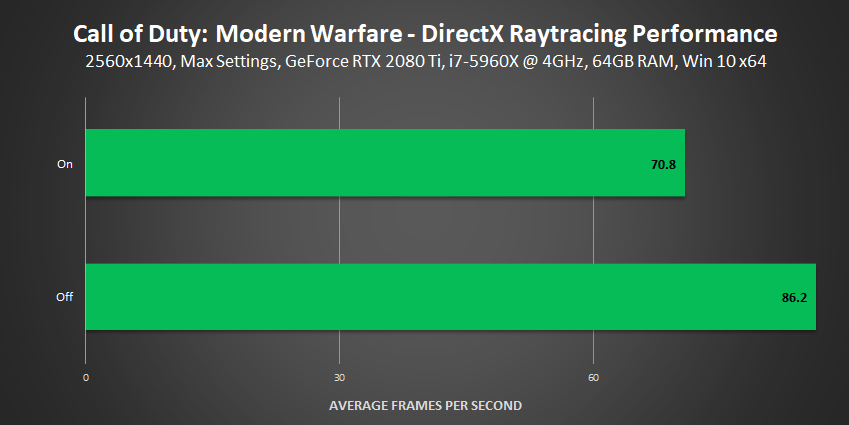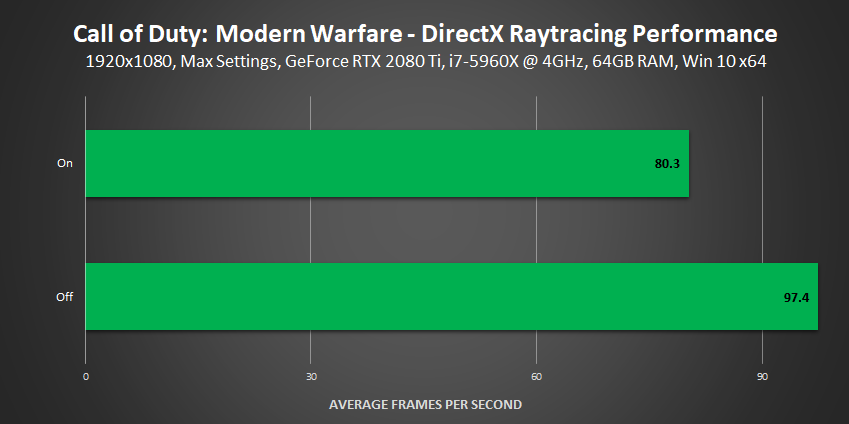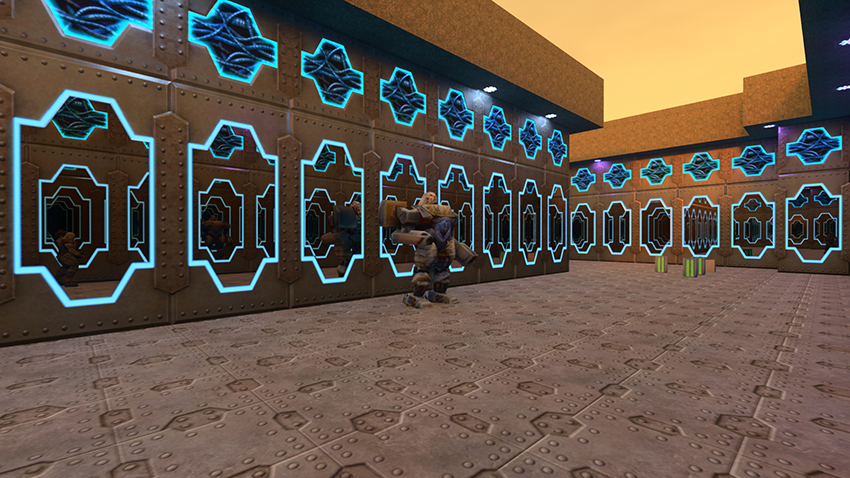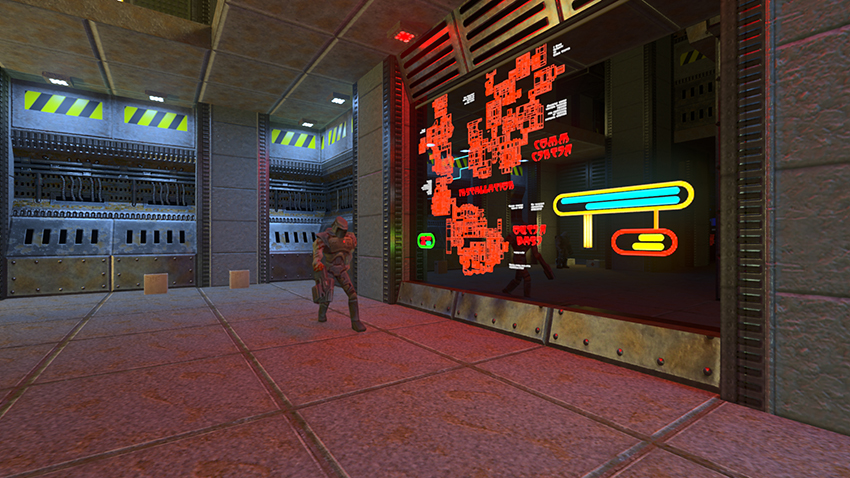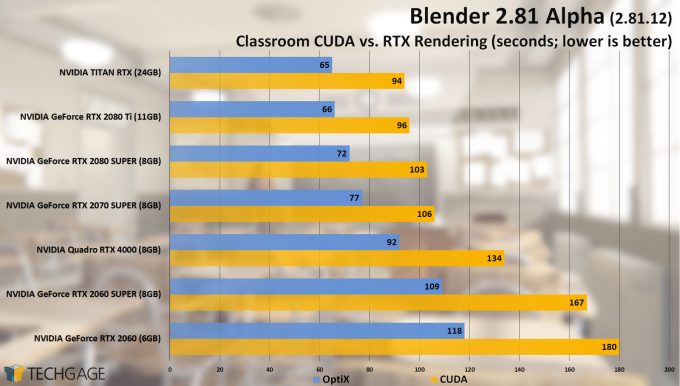digitalwanderer
Legend
Thanks for the viddy Trinibwoy, it was easy enough for even me to understand and I found it fascinating!
One thing though, I'm not sure I always prefer how the ray-tracing looked over conventional. (just my personal opinion, but I like a bit of a gamey look I guess), and I am DEFINITELY sure that at this moment the effect isn't worth the performance hit. It's a great subtle effect sure, but 26% performance hit and that's probably best case scenario? No thank you, I'll wait until it gets a bit cheaper/more universal I think.
Well, unless someone wants to toss an rtx 2080 my way or something.
One thing though, I'm not sure I always prefer how the ray-tracing looked over conventional. (just my personal opinion, but I like a bit of a gamey look I guess), and I am DEFINITELY sure that at this moment the effect isn't worth the performance hit. It's a great subtle effect sure, but 26% performance hit and that's probably best case scenario? No thank you, I'll wait until it gets a bit cheaper/more universal I think.
Well, unless someone wants to toss an rtx 2080 my way or something.





